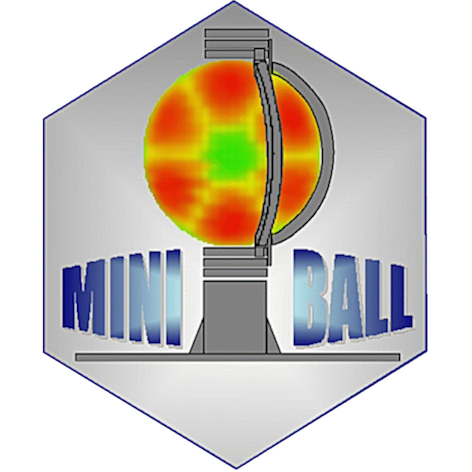Rare ISotopes INvestigation at GSI (RISING) using gamma-ray spectroscopy at relativistic energies
Nuclear Instruments and Methods in Physical Research A
537
637
(2005)
The Rare ISotopes INvestigation at GSI project combines the former EUROBALL Ge-Cluster detectors, the MINIBALL Ge detectors, BaF2-HECTOR detectors, and the fragment separator at GSI for high-resolution in-beam
γ
-ray spectroscopy measurements with radioactive beams. These secondary beams produced at relativistic energies are used for Coulomb excitation or secondary fragmentation experiments in order to explore the nuclear structure of the projectiles or projectile like nuclei by measuring de-excitation photons. The newly designed detector array is described and the performance characteristics are given. Moreover, particularities of the experimental technique are discussed.
DOI
10.1016/j.nima.2004.08.072
Published on
